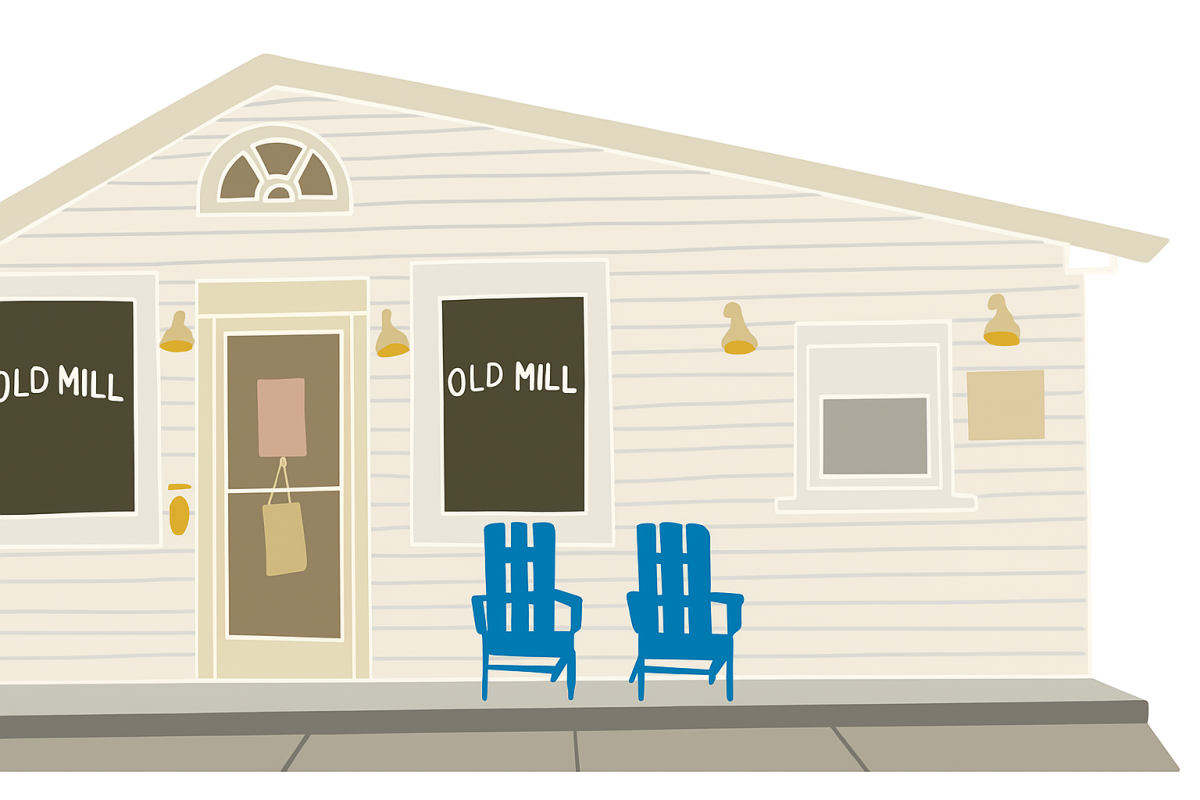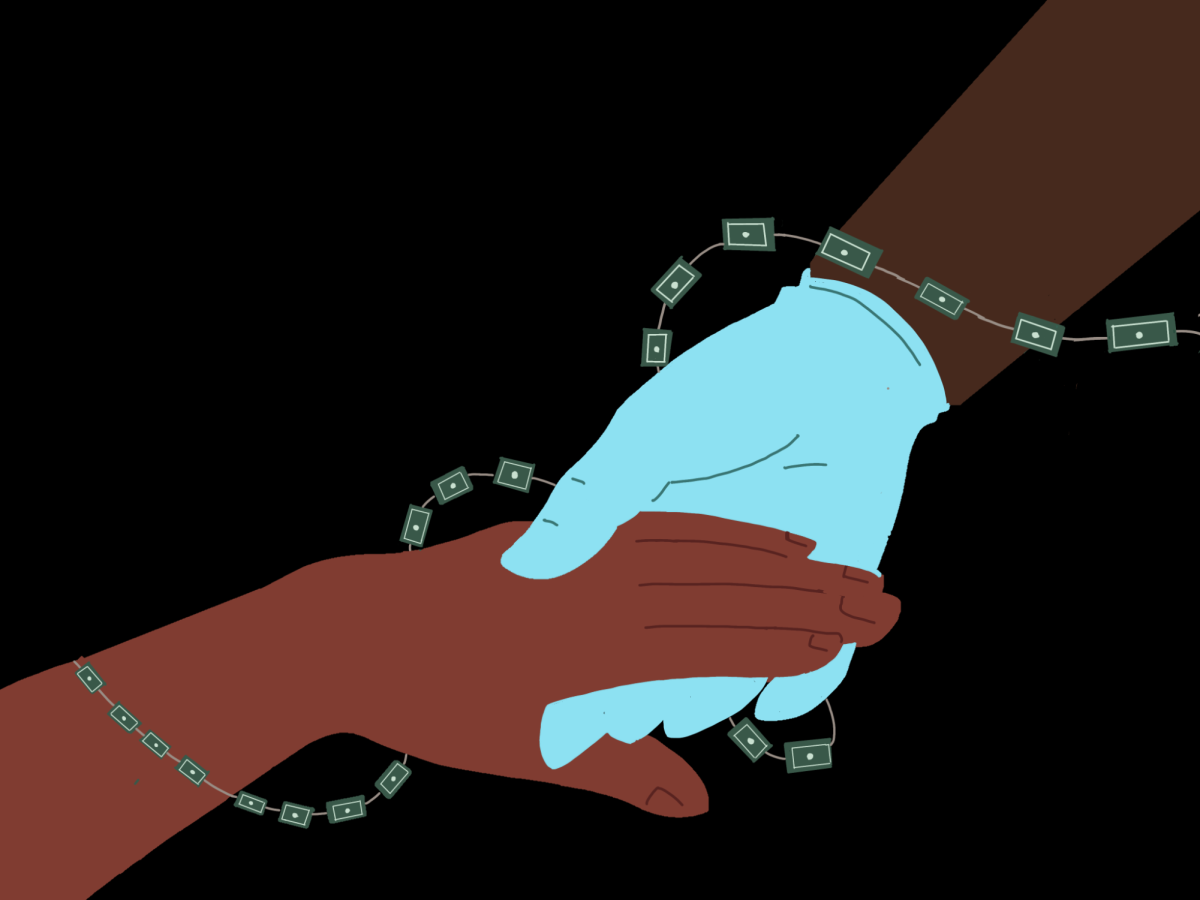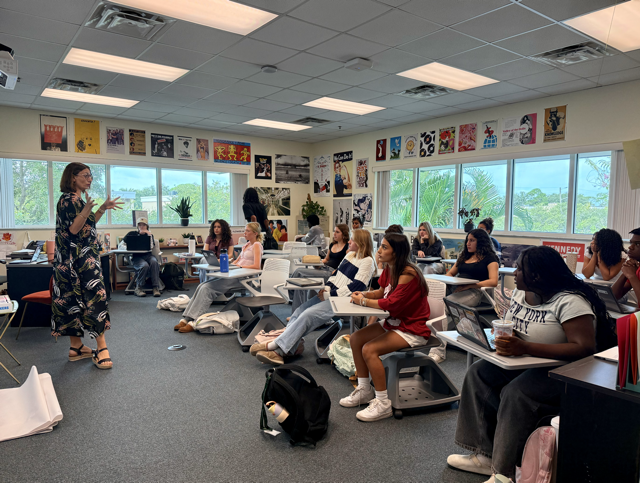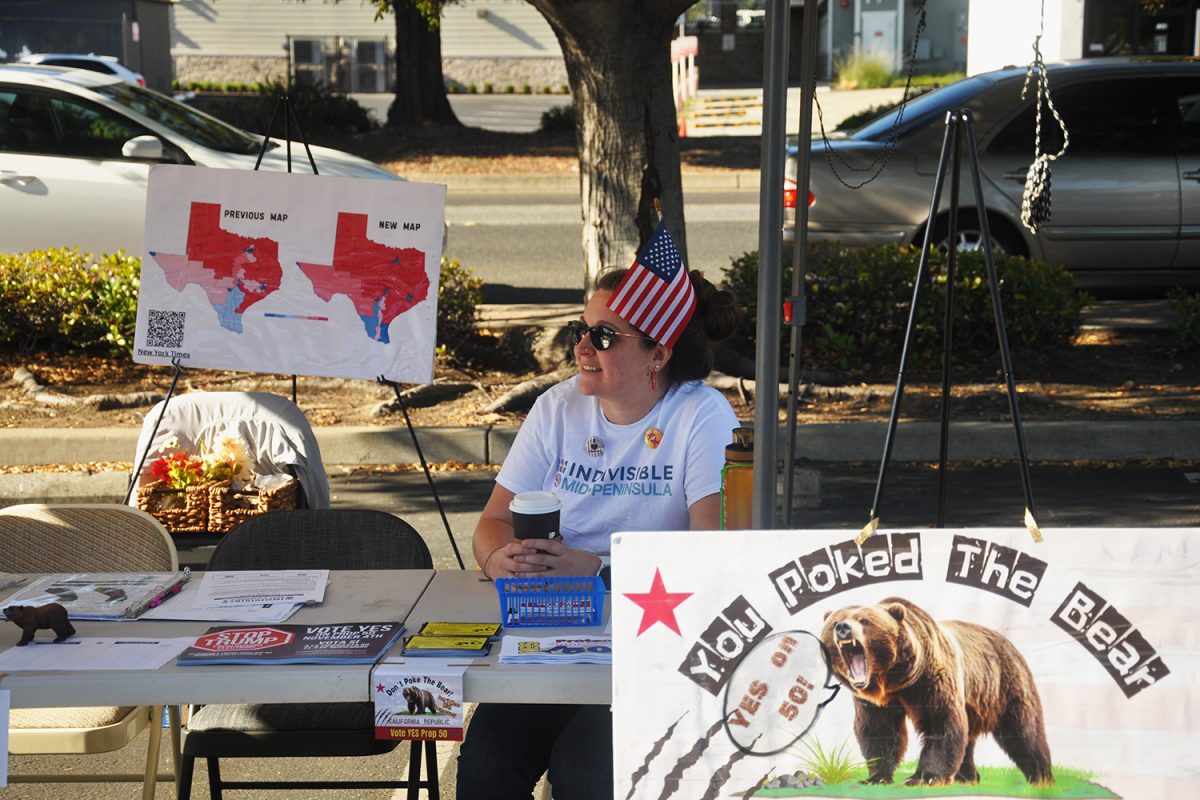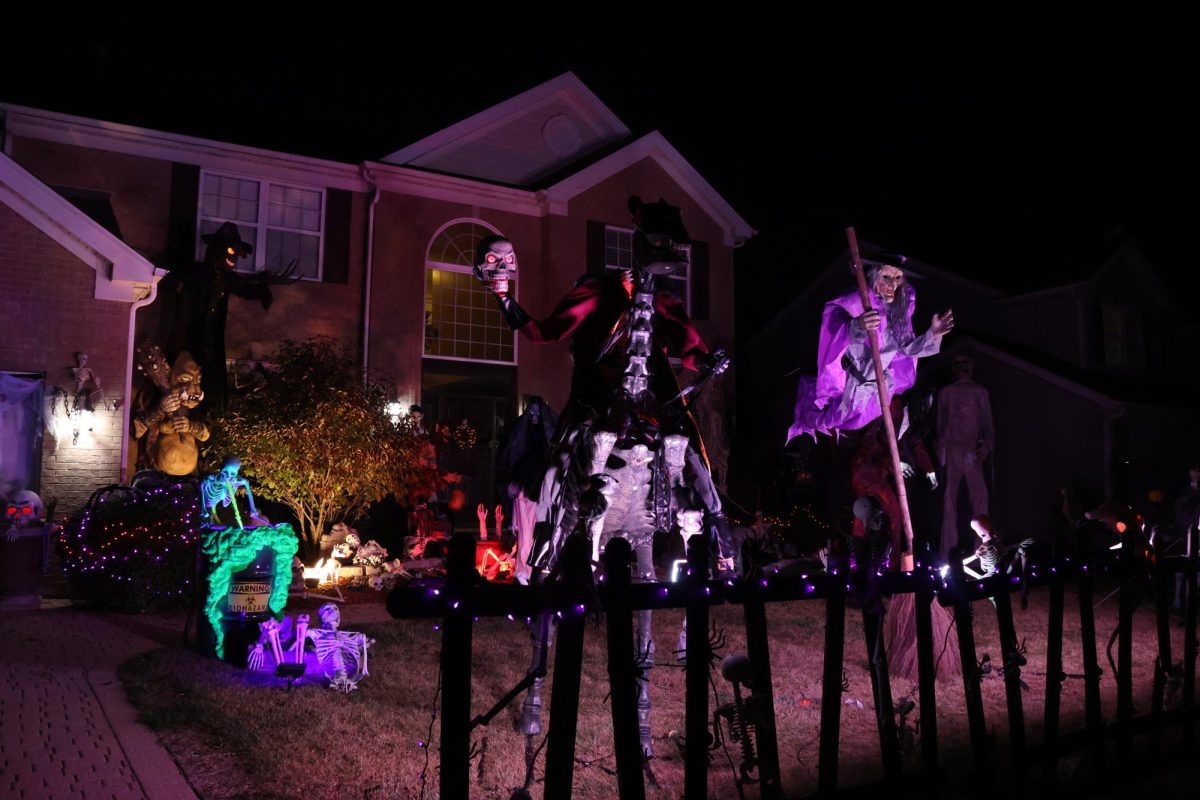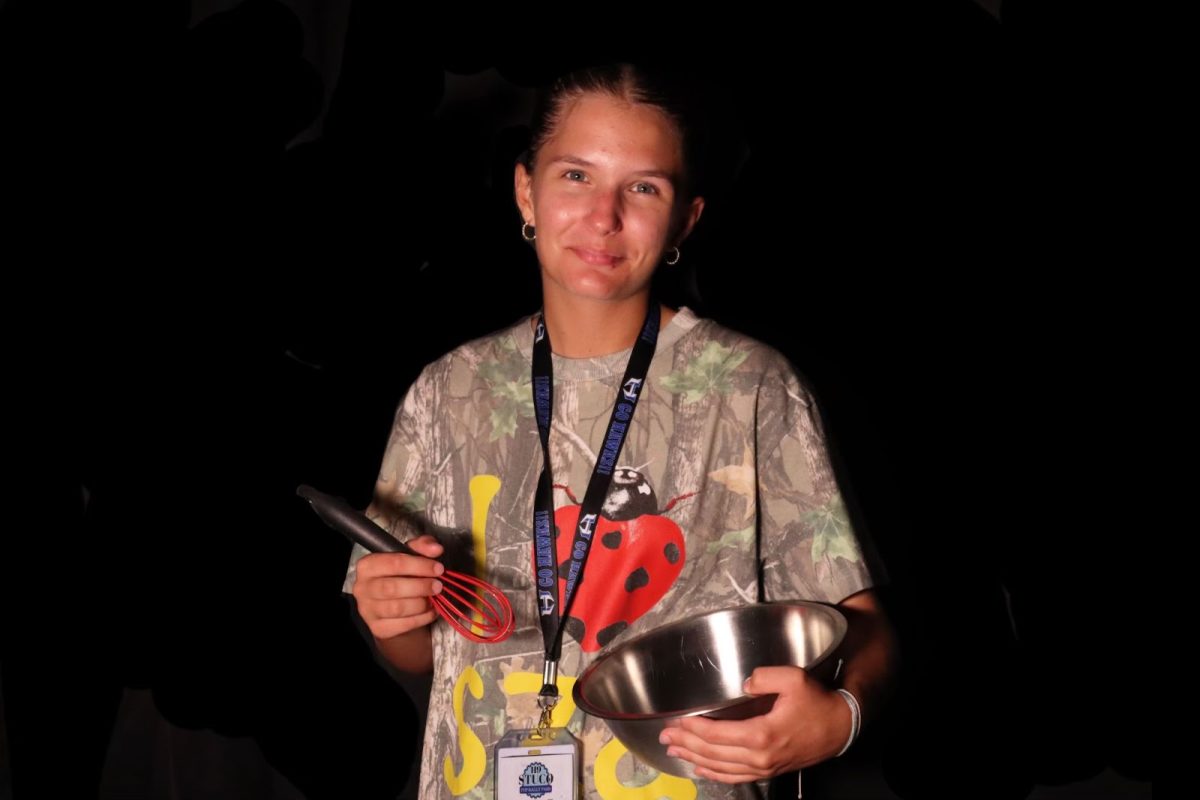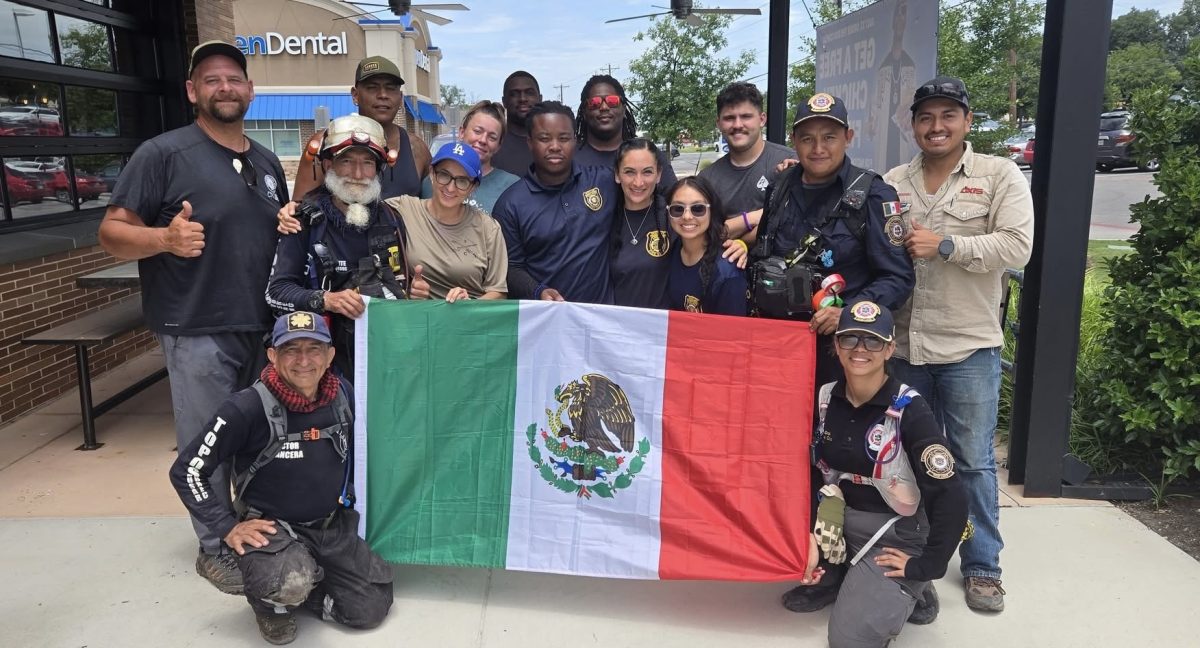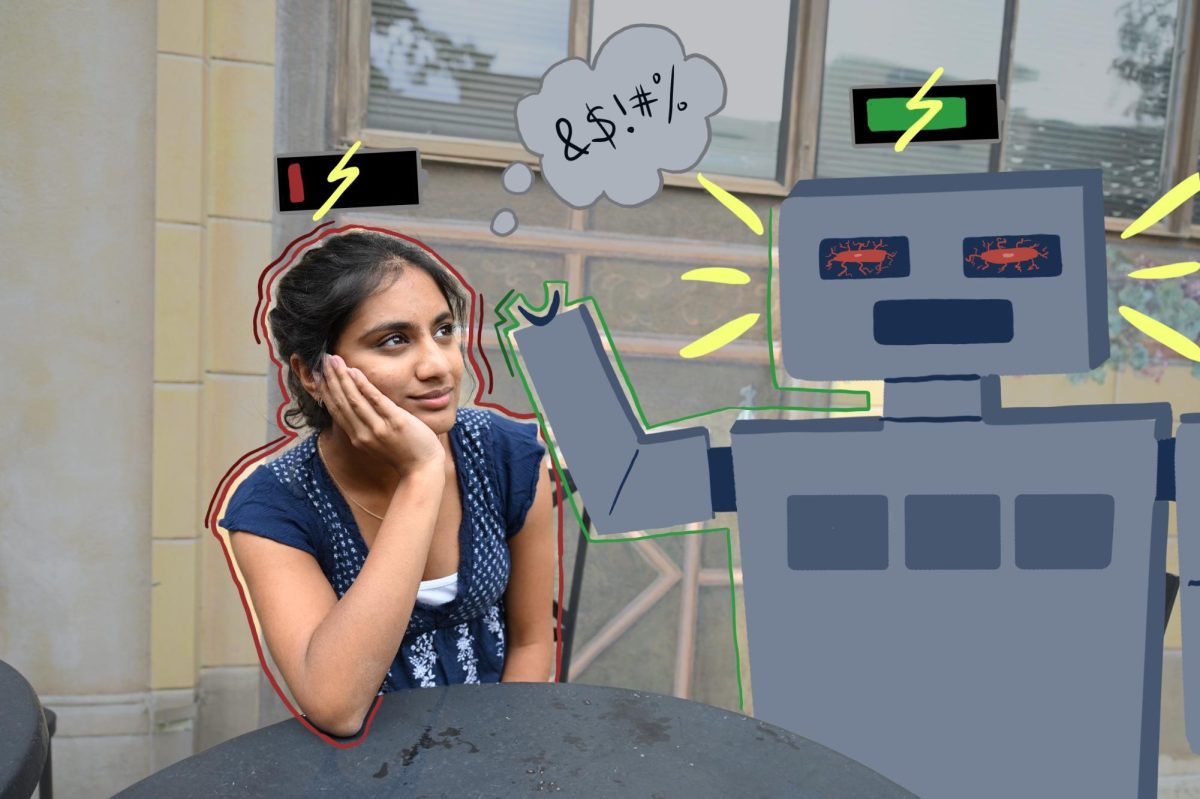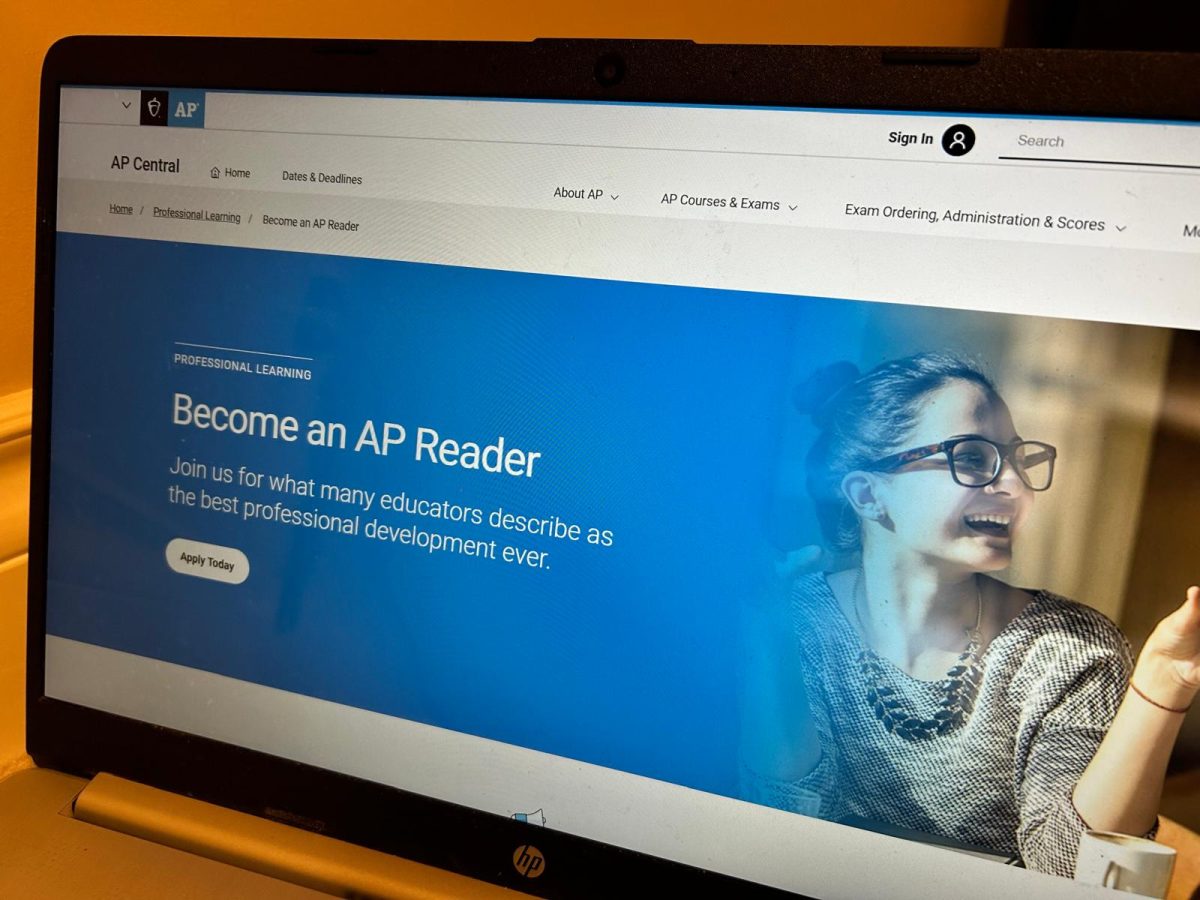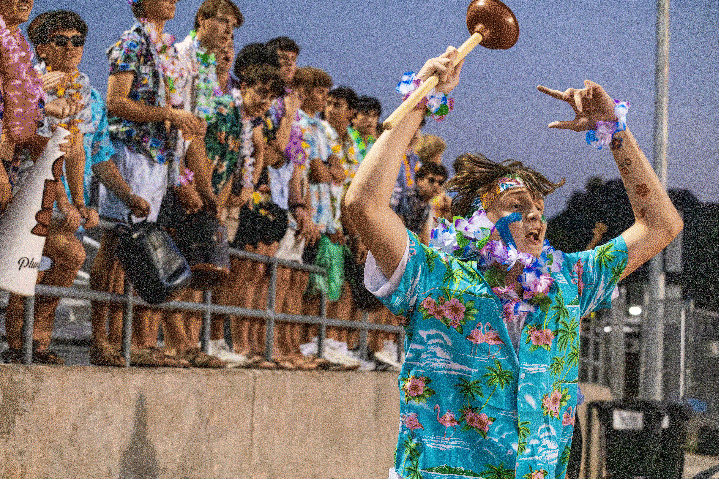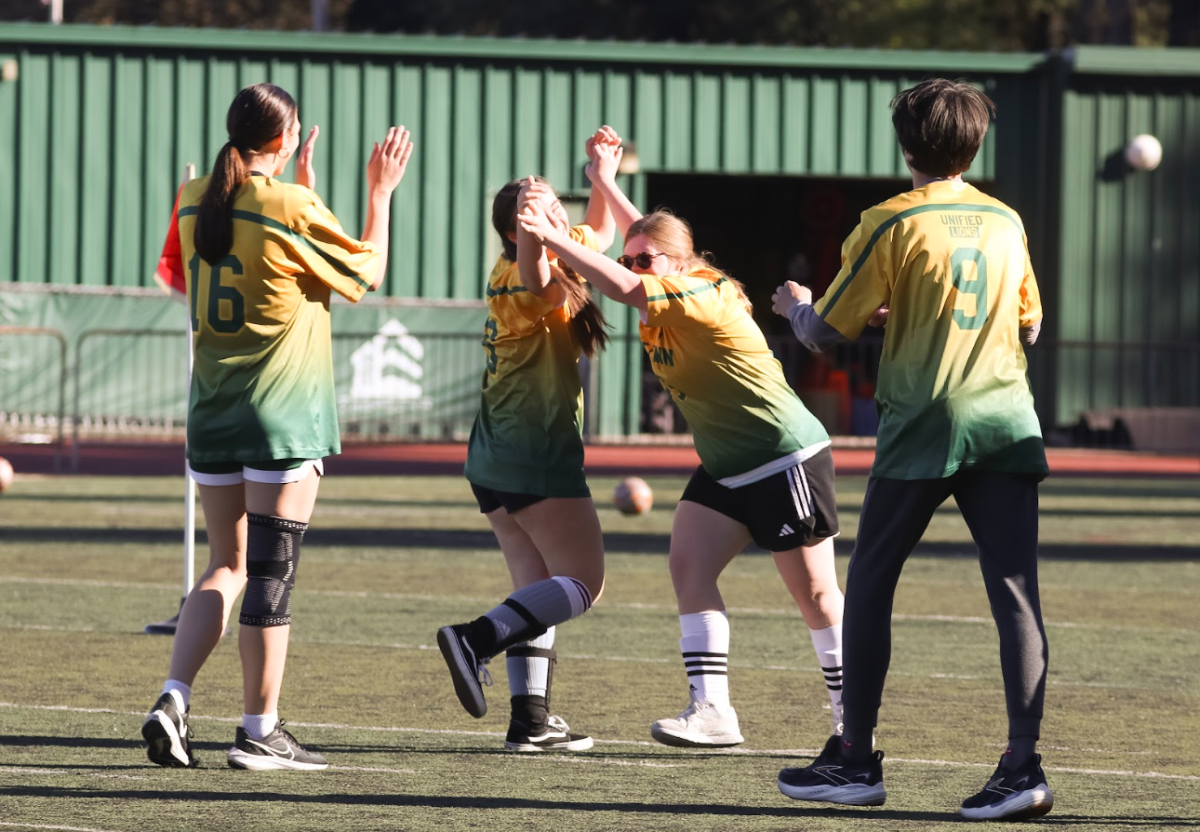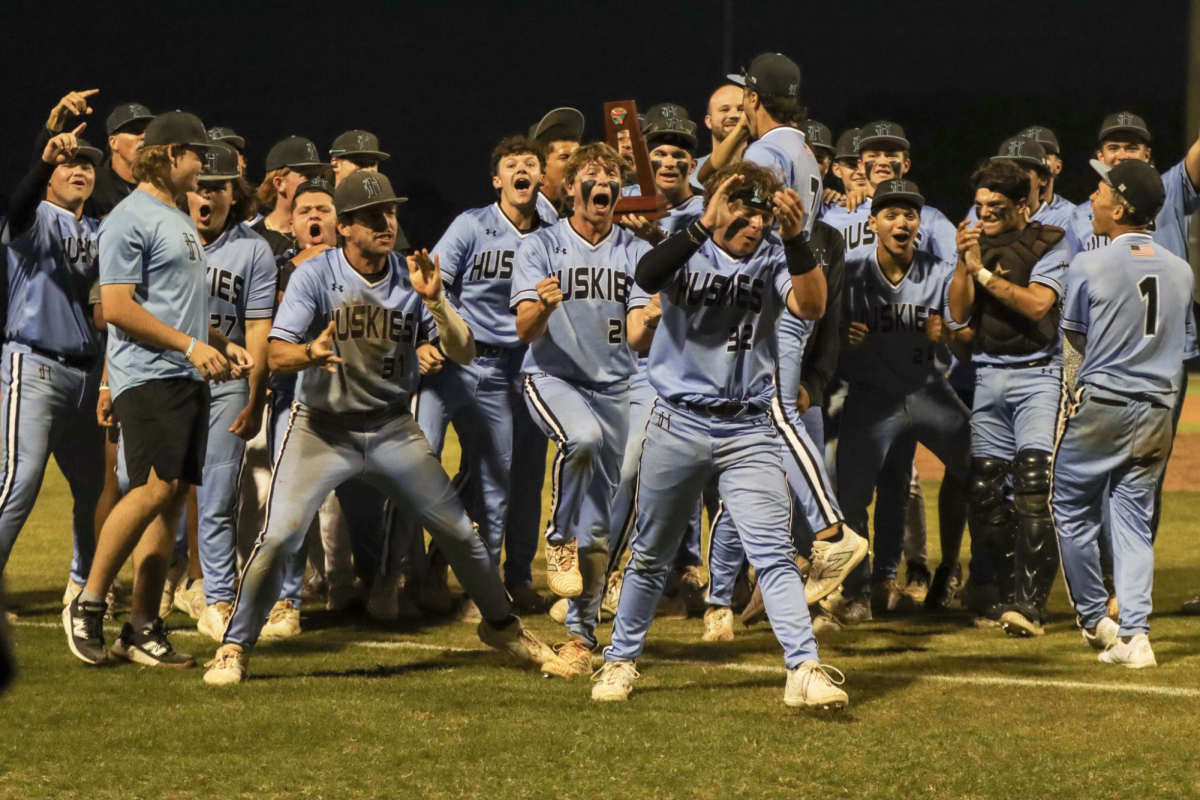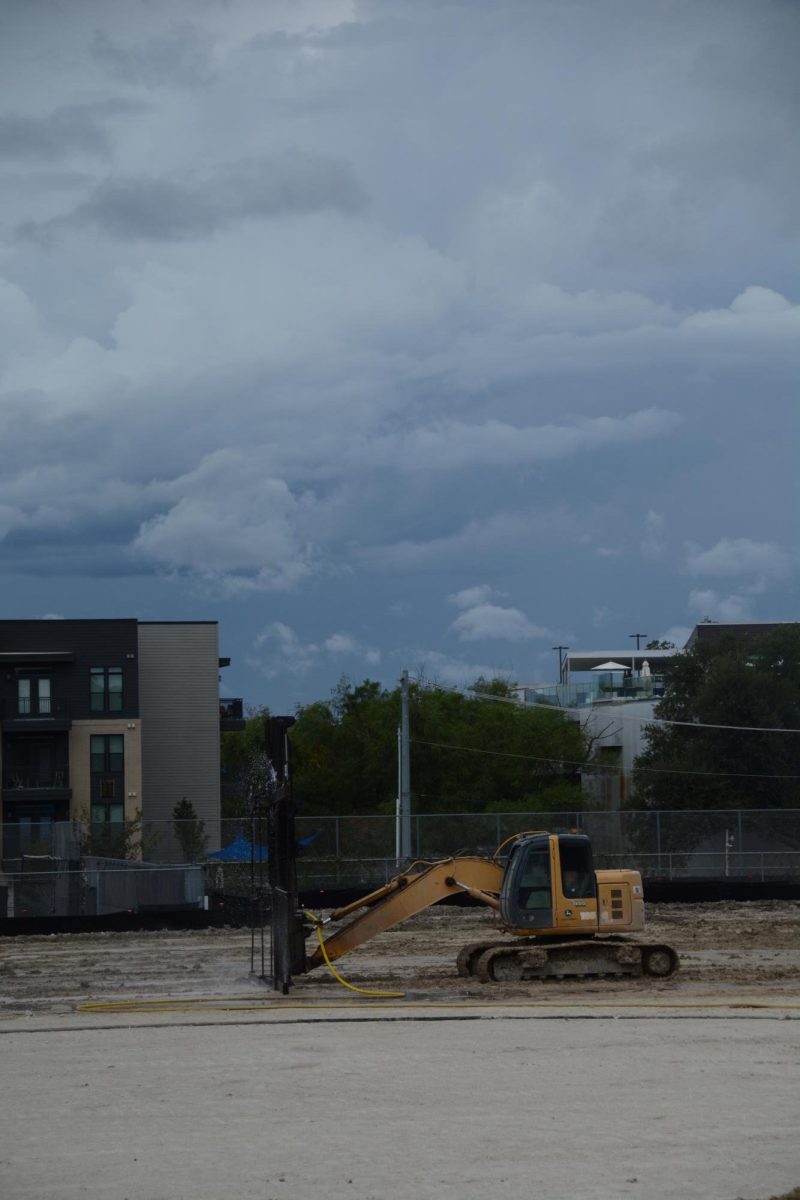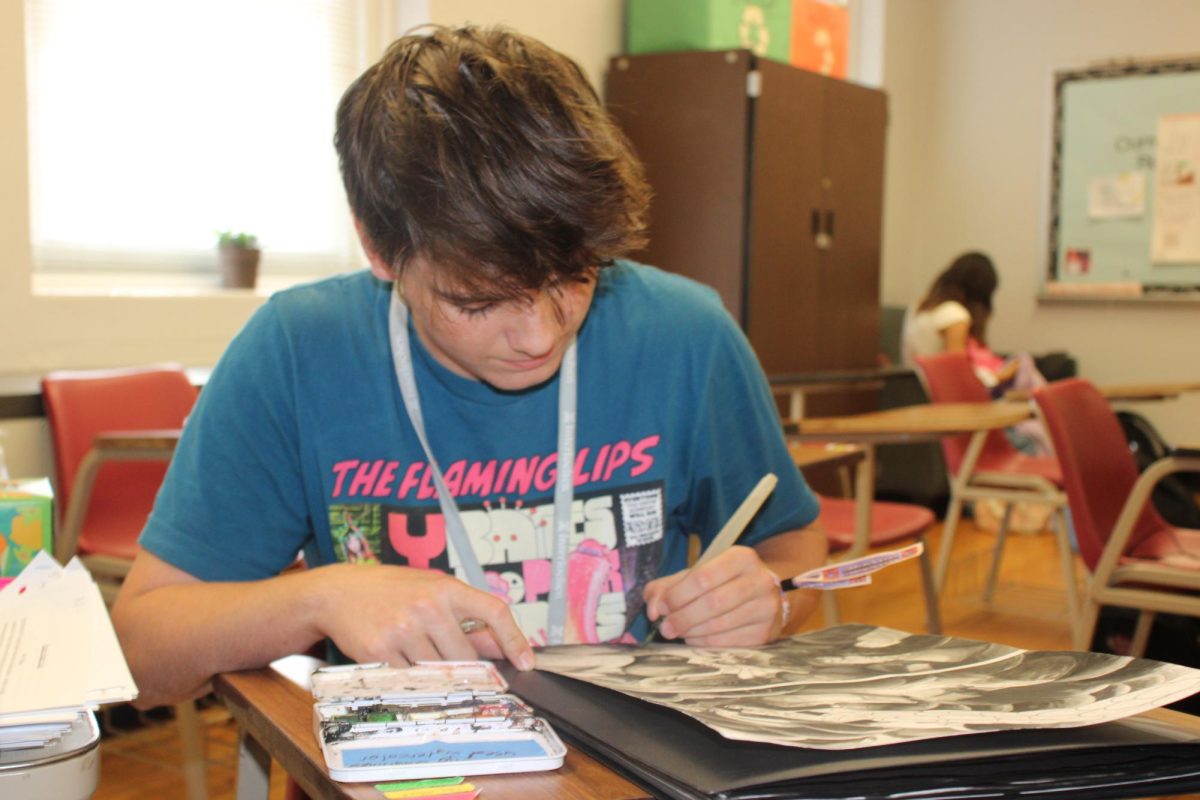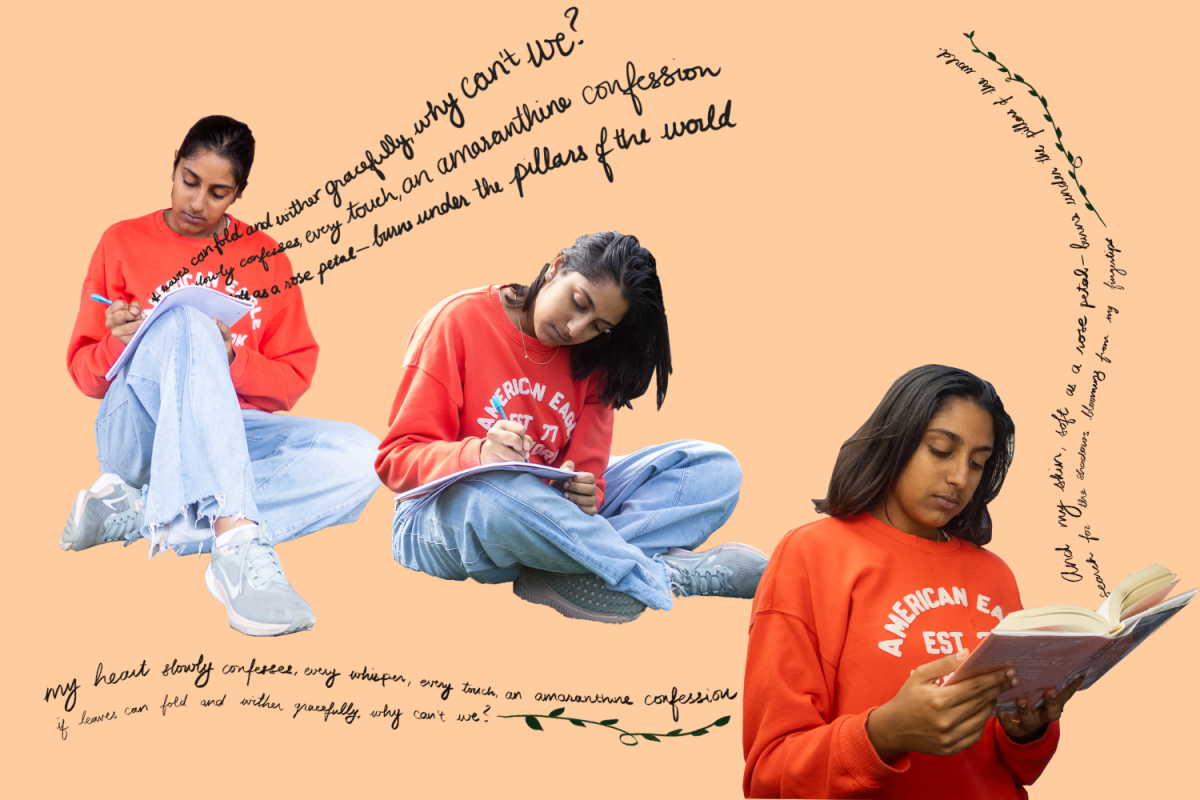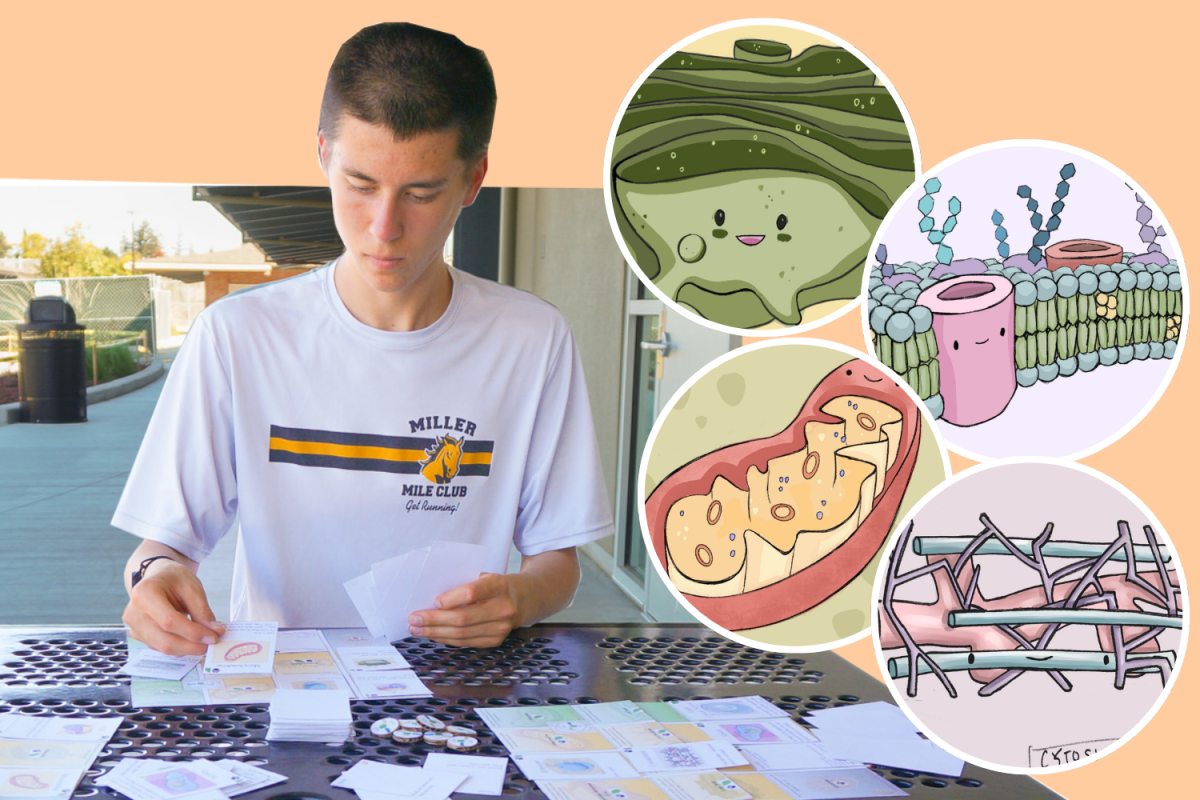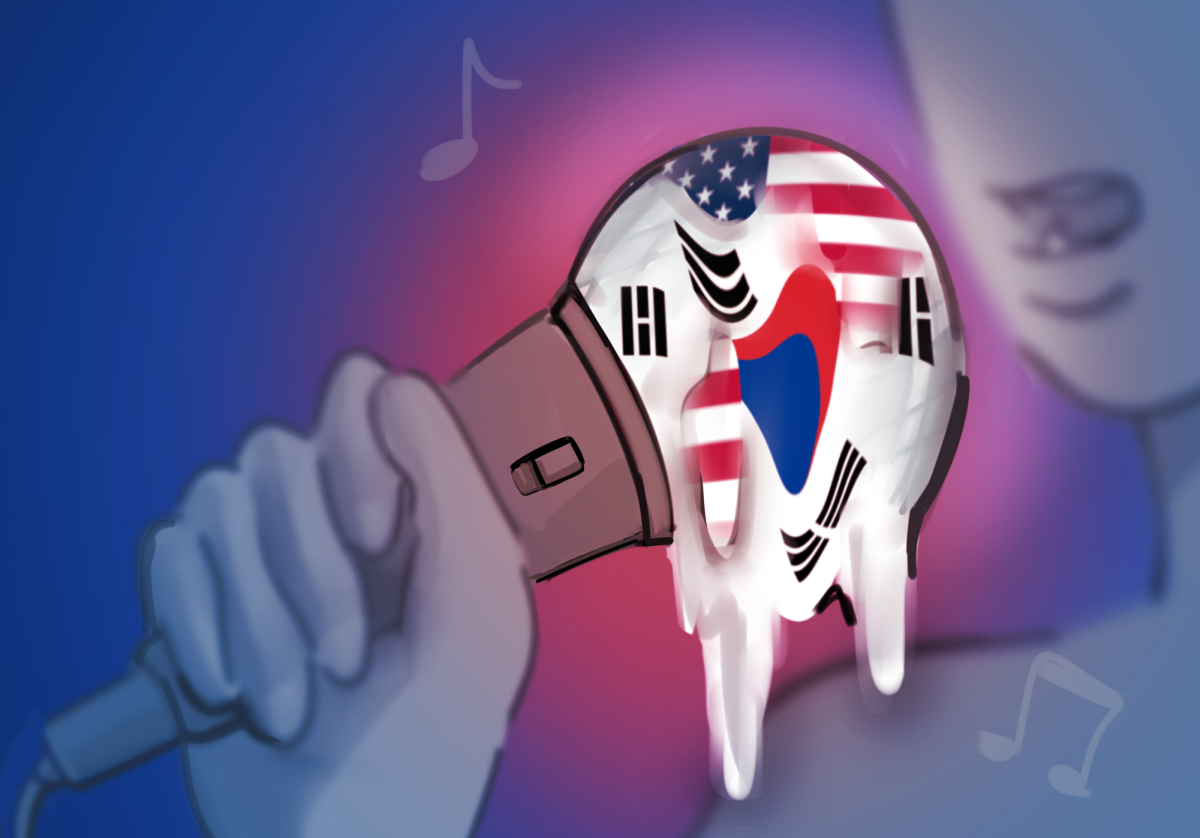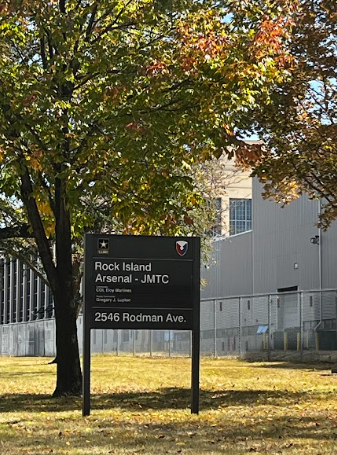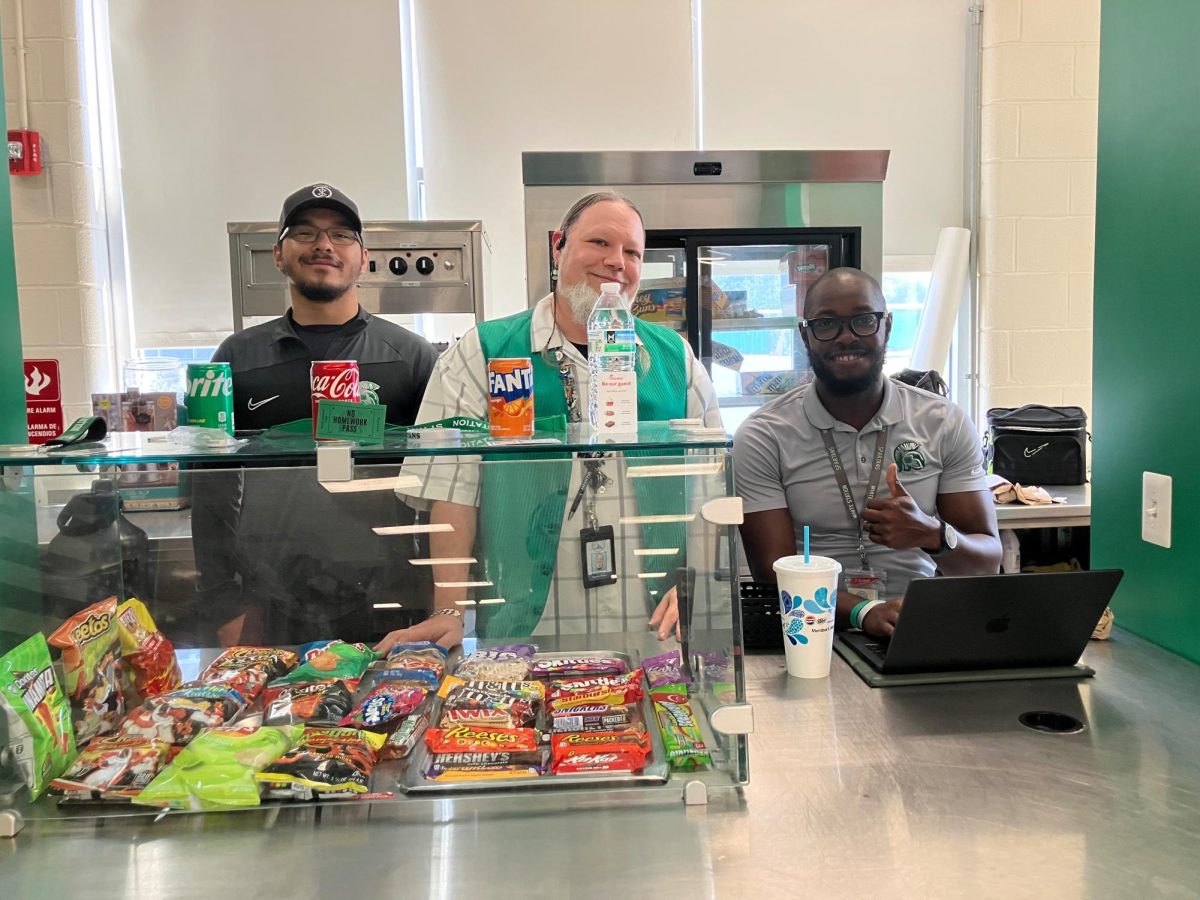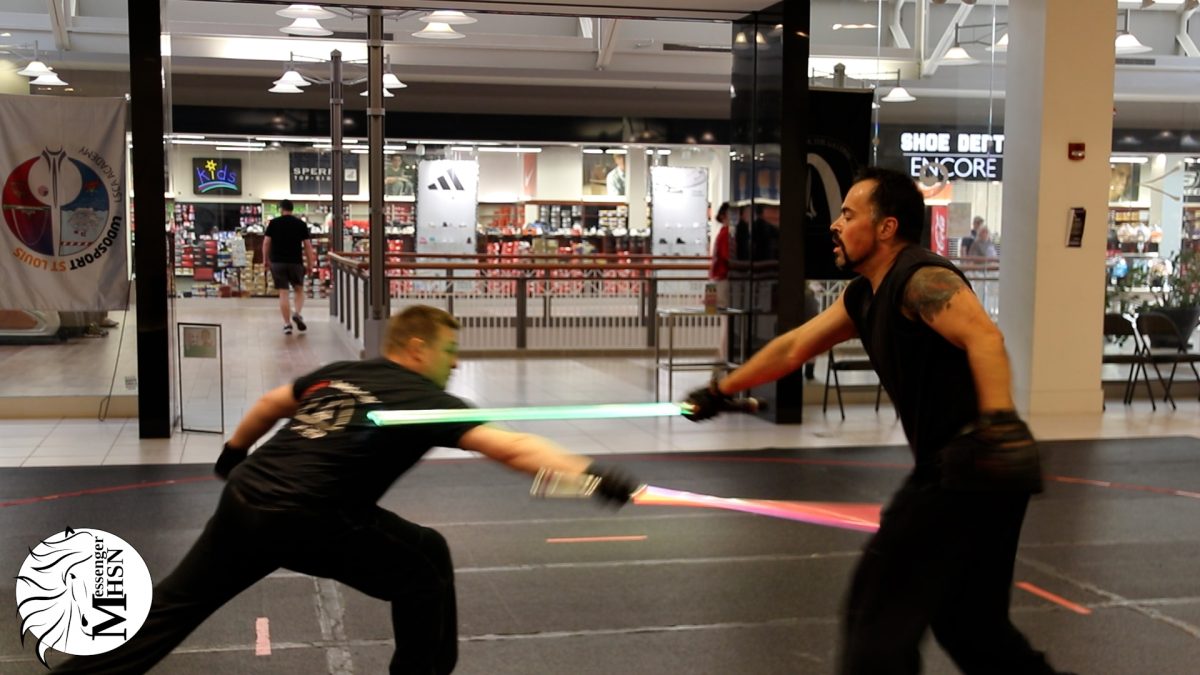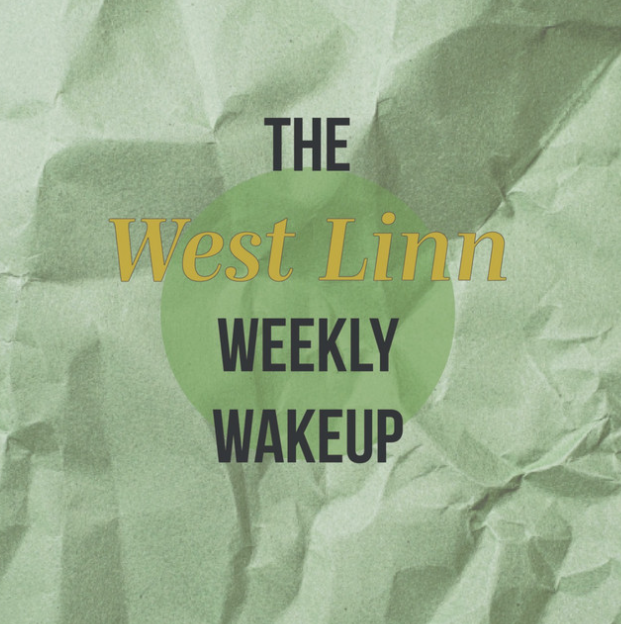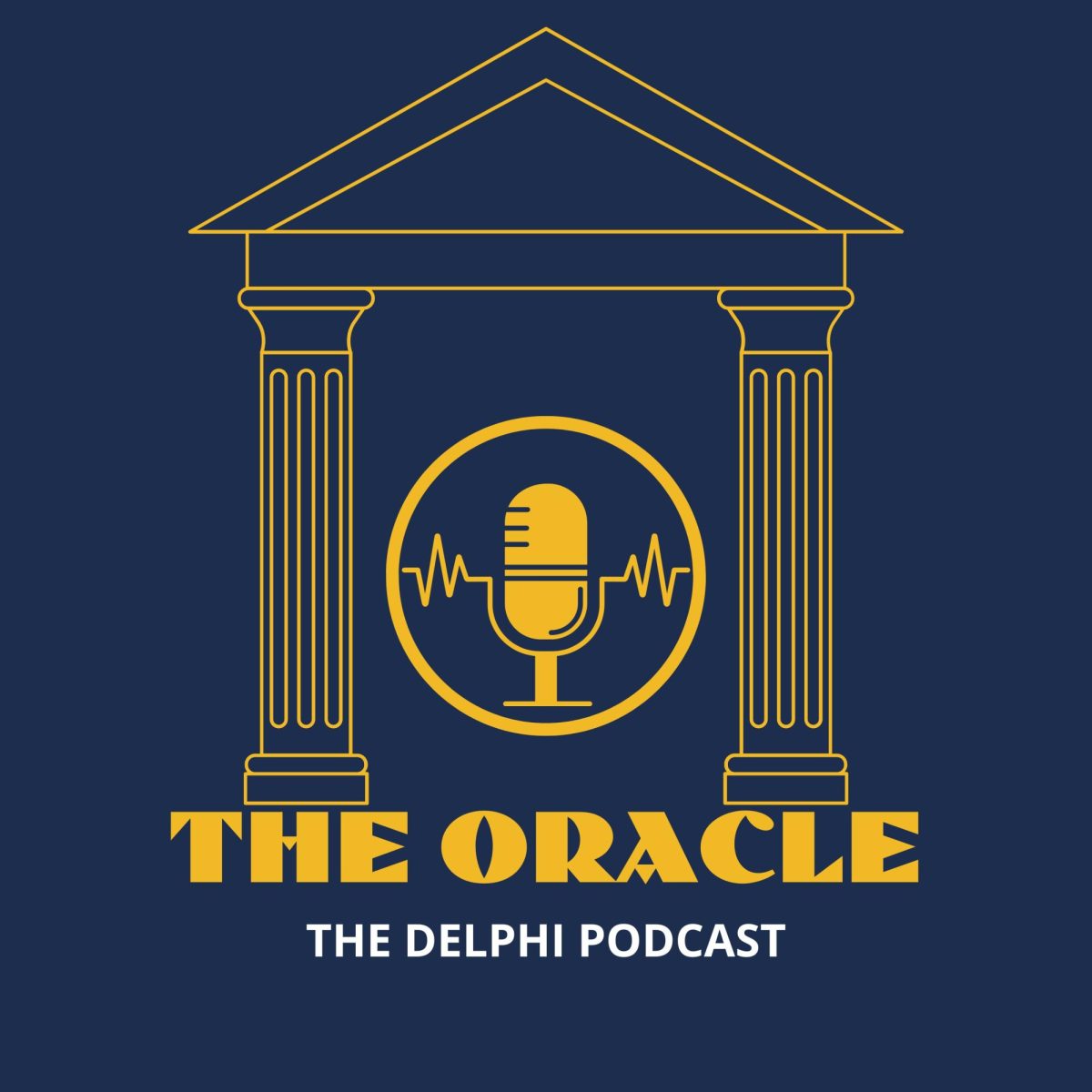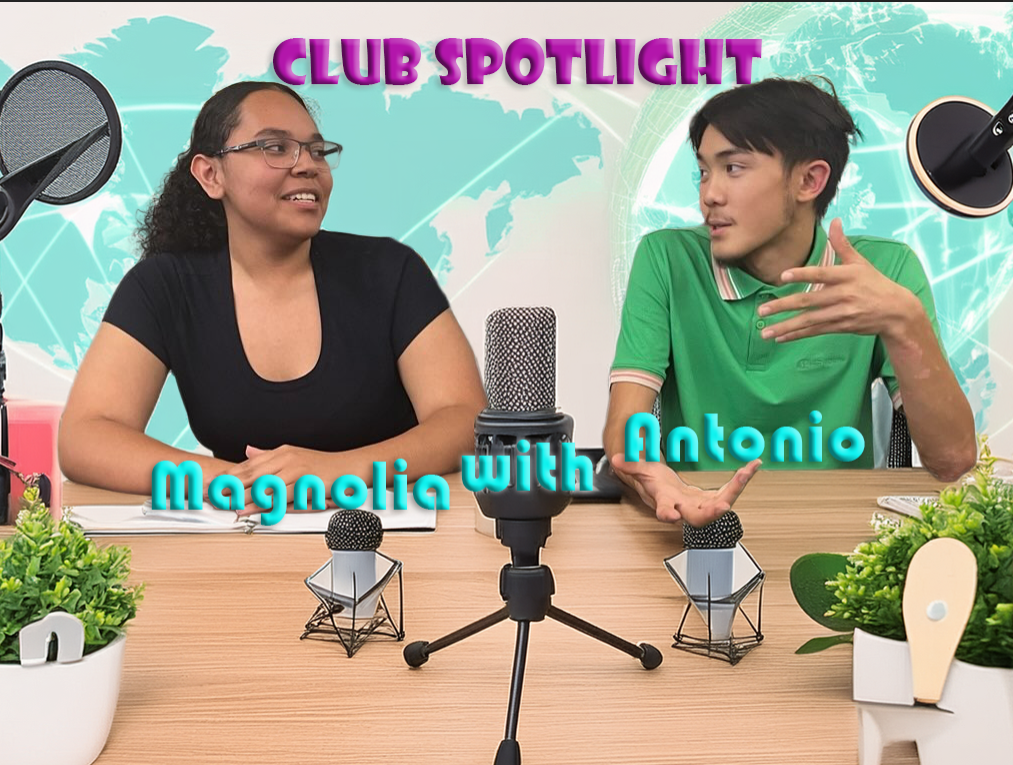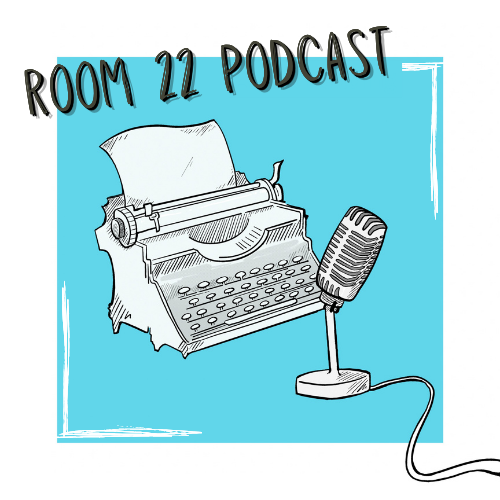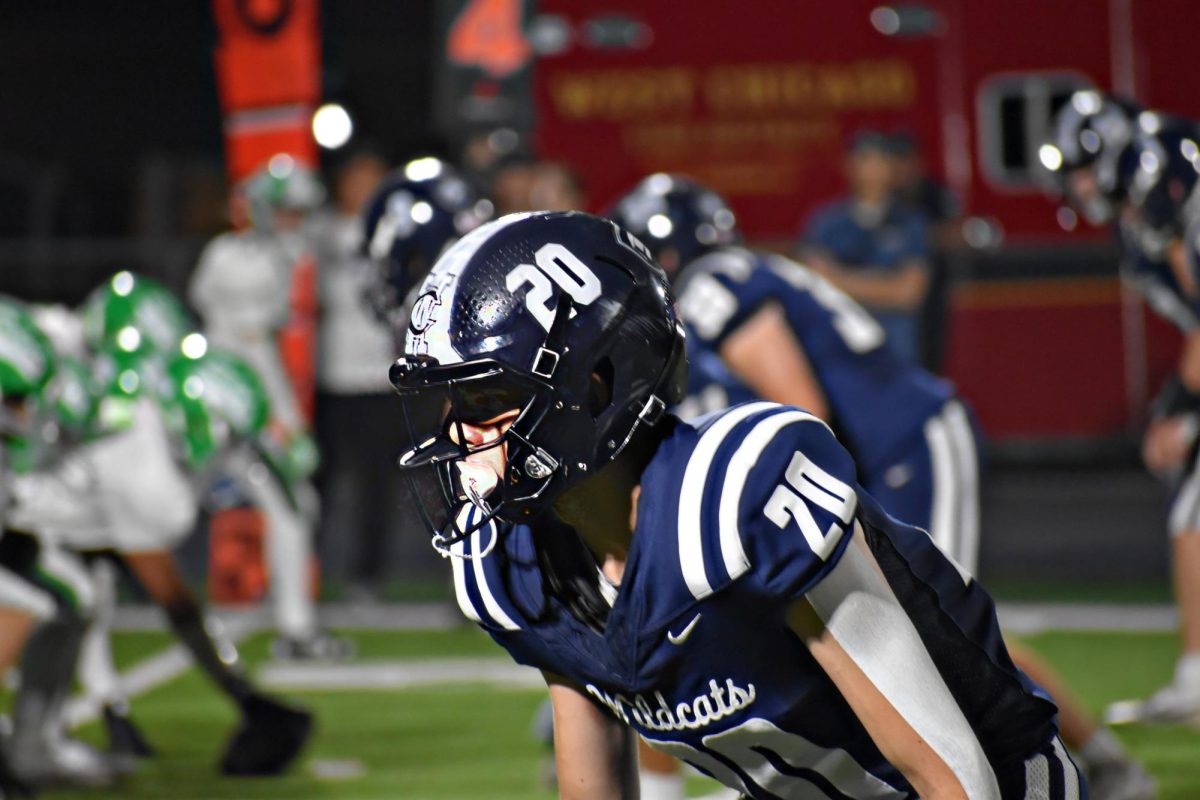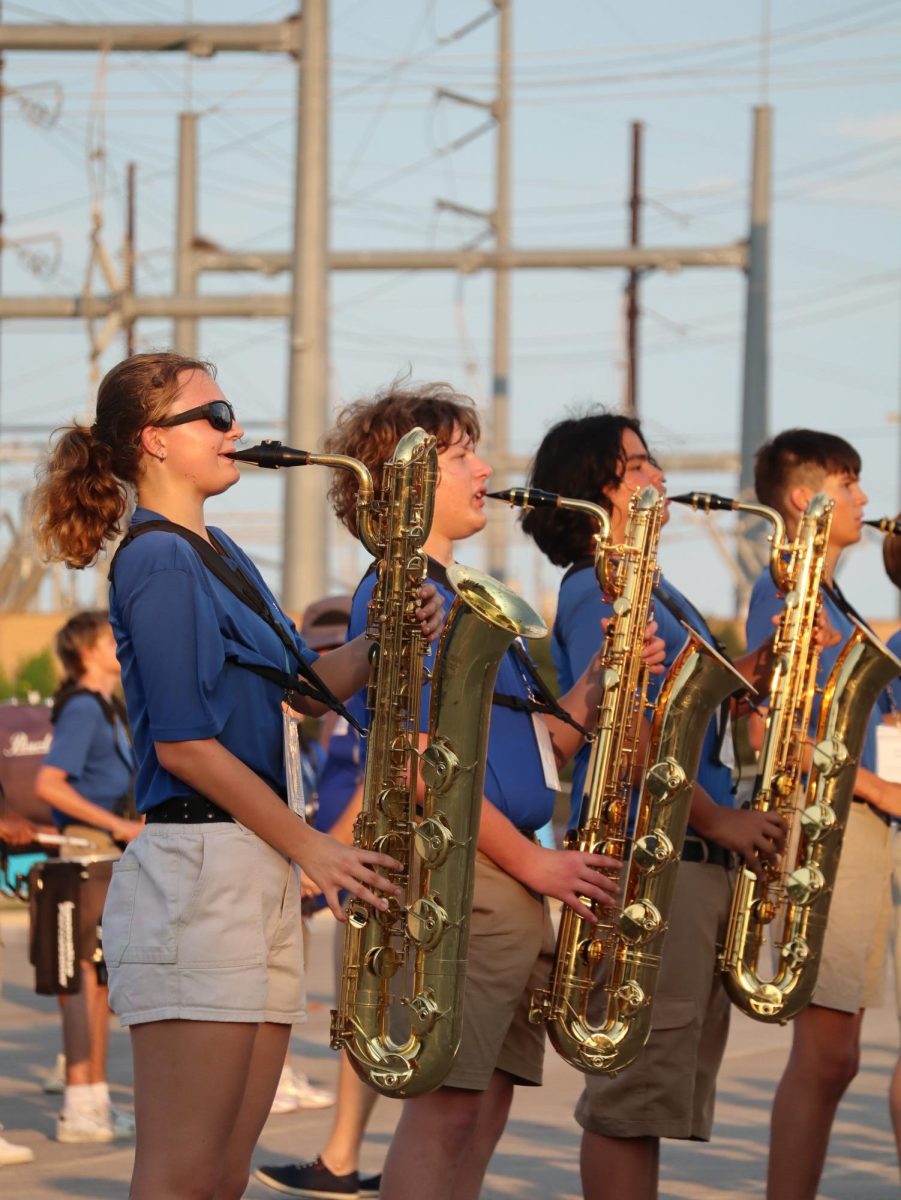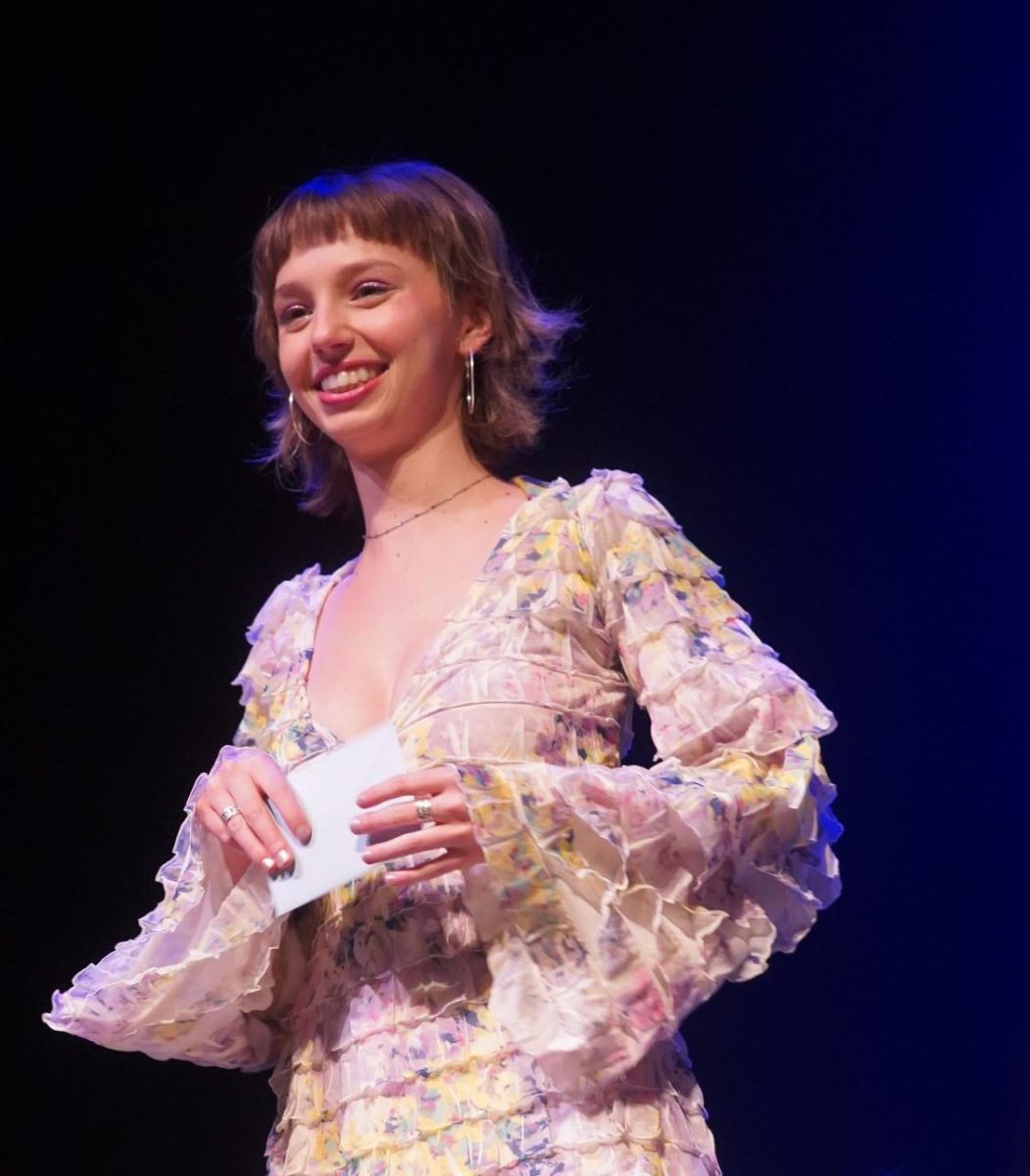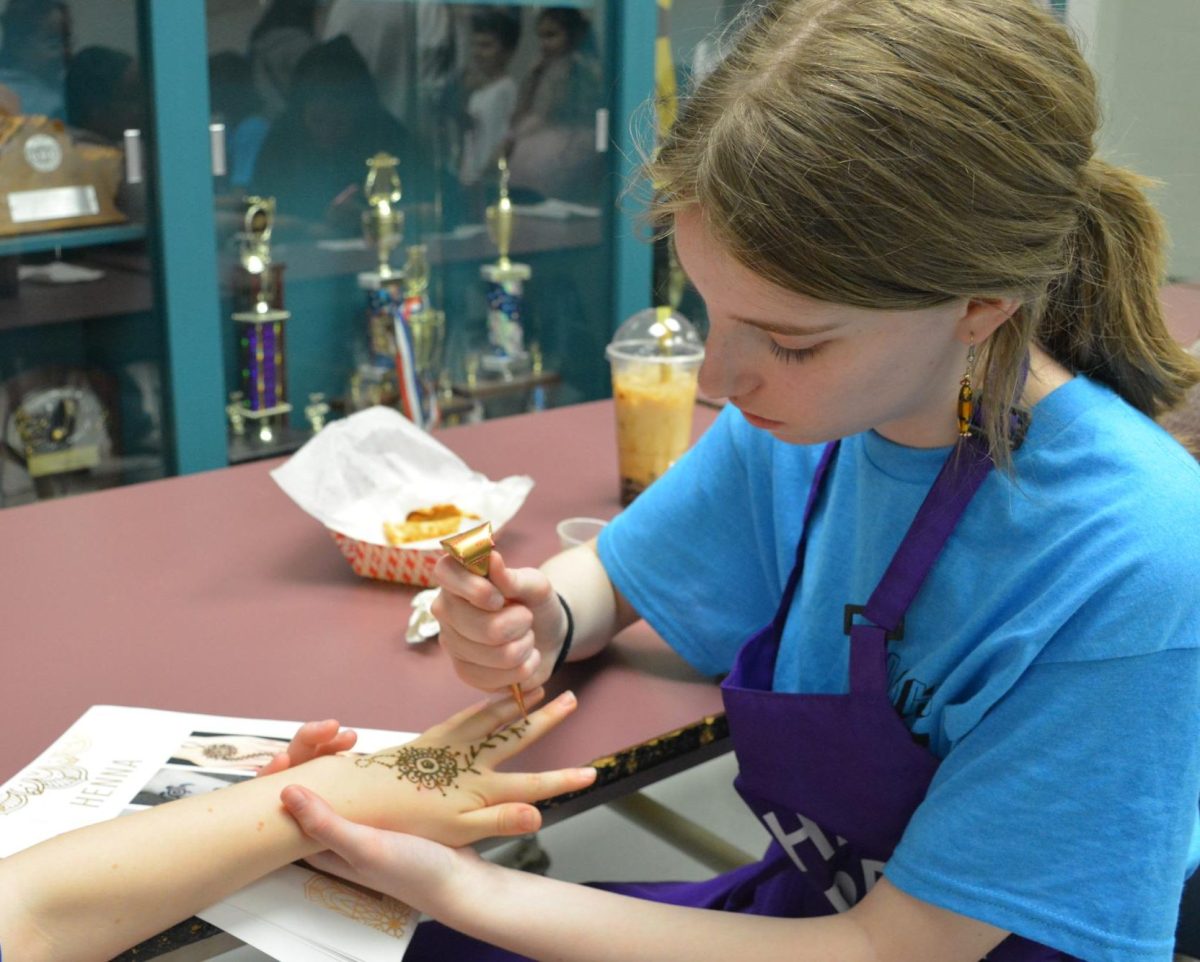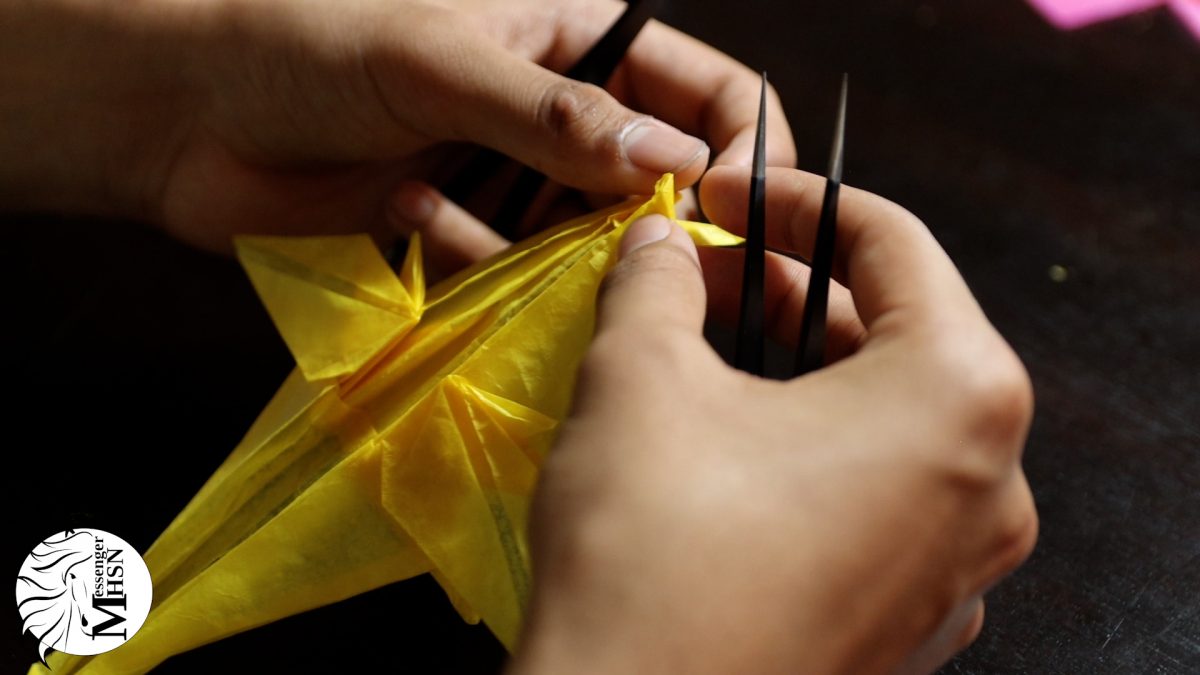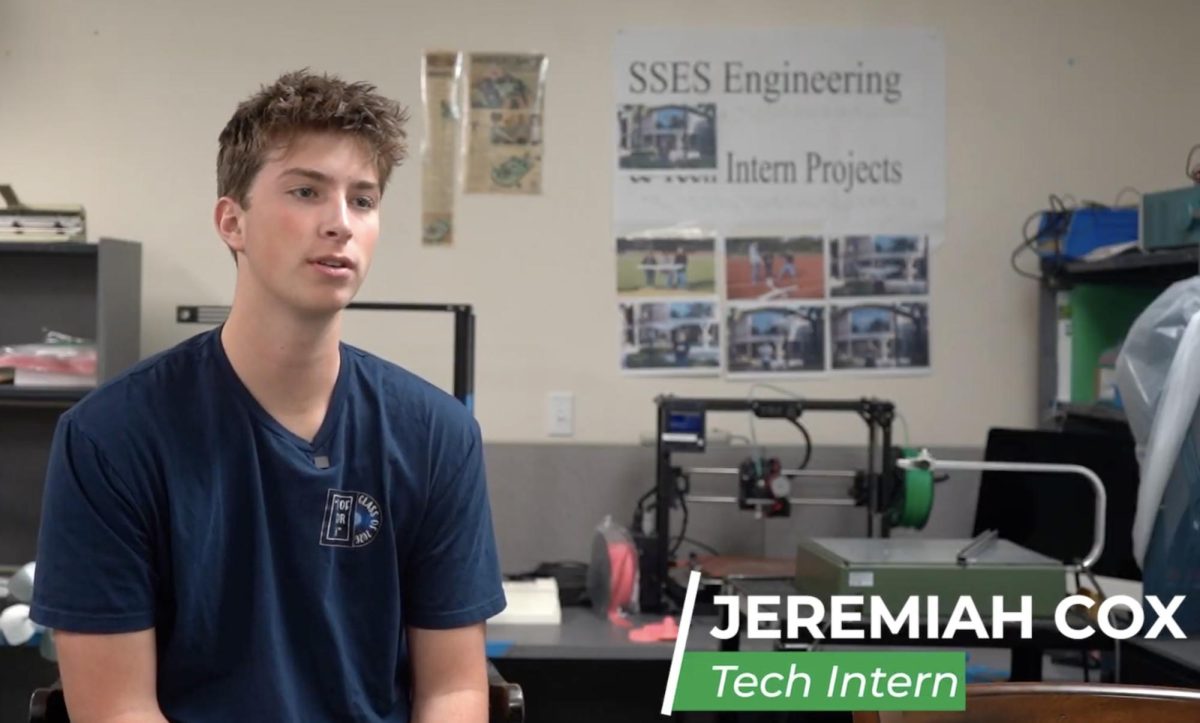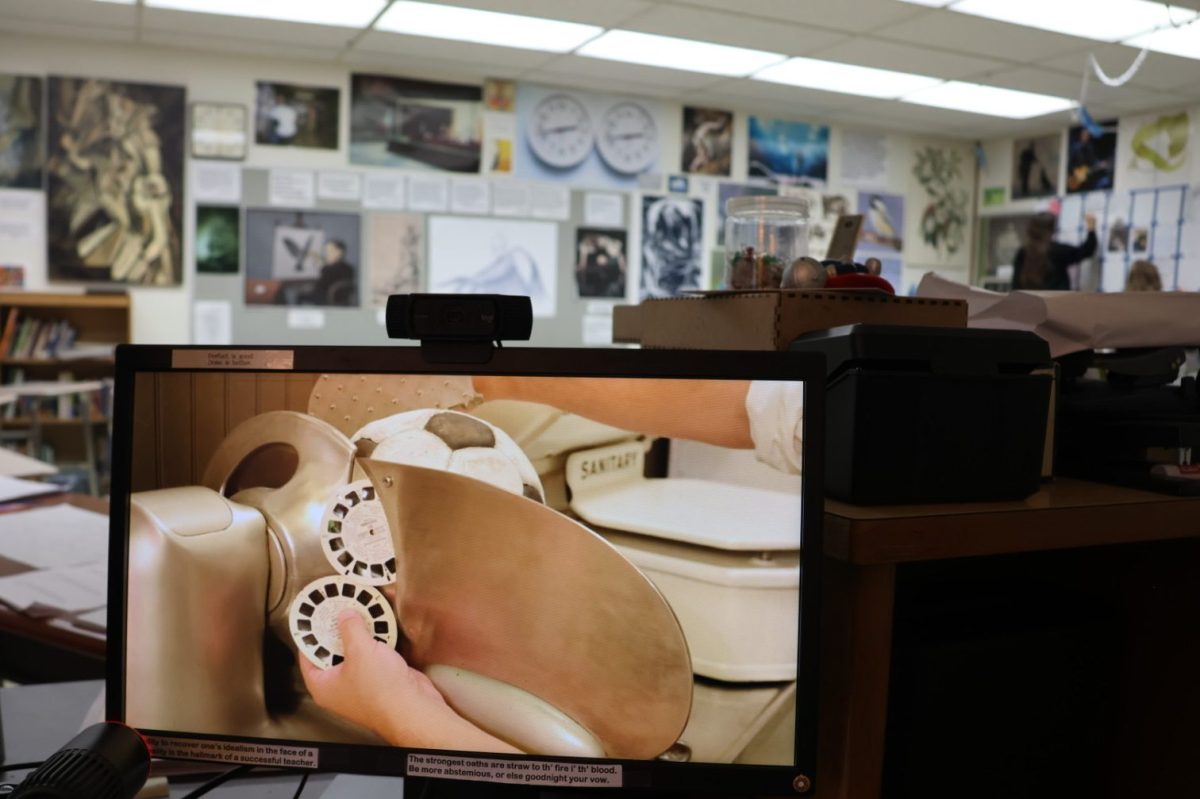A puppet quartet made of food.
A fantastical quest across the universe, featuring actor Adrian Brody.
A submarine sandwich, assembled in stop-motion from various inedibles.
Anyone who’s taken a class from English Department Chair Mr. Greg Larson could tell you that he is an avid music lover and a person who values context and connection. And for the past several years, each of his students has been greeted at the start of each period by a casual bit of ambience — a video, typically music, projected onto the whiteboard as they settle into their seats.
But what’s the story behind the background noise?
Mr. Larson wants to prompt his students to make connections — to tie together all different forms of art, whether it’s within his class or outside of it. In addition to the introductory music, he has thoroughly decorated his classroom with photos and art that both hold meaning for him and often relate to his class.
“I’m deeply interested in the human experience and how we react to the things we see and the things we feel,” Mr. Larson said. “And I want to help young people process the really complex things they’re seeing and feeling.”
He hopes that by using music as an introduction, he can encourage his students to relate to the class on a deeper level and spark conversations both with him and among themselves. As a teacher, Mr. Larson explained that it’s hard for him to watch his students come in at the beginning of class and stay glued to their screens until the bell rings.
“I think one reason so many students go immediately to technology is we can feel awkward when we’re looking at each other or we aren’t given a specific task to do,” Mr. Larson said. “But if there’s music playing, it’s okay to have silence.”
Music sets a more casual tone — a “different vibe,” as Mr. Larson puts it.
“It’s a way for me to signal something thematically, or to acknowledge something I see in my students, or to help them try and make a connection,” Mr. Larson said. “And it’s really fun.”
Even so, according to Mr. Larson, plenty of students don’t realize that each piece of media is always relevant in some way.
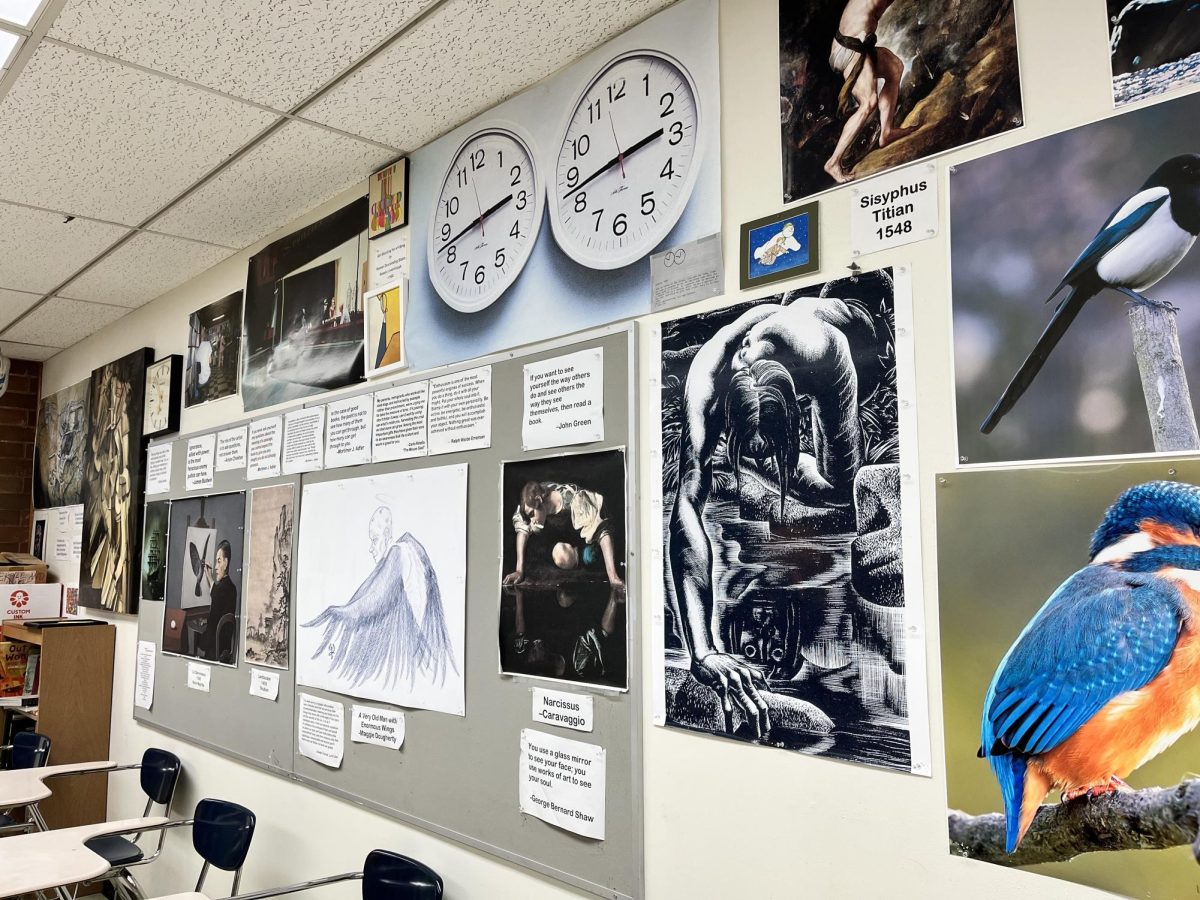
And while he occasionally discusses the music in his lectures, far more often than not, he allows the students to figure out these links on their own, leaving the connections as an Easter egg for them to discover.
“I’m trying to cultivate curiosity,” Mr. Larson said. “And so I’ll hint at it, but rare is the day where I spell [it] out.”
But when students do notice and talk to each other about it, the music becomes a valuable tool for Mr. Larson to get to know his students better, even if it’s secondhand. And sometimes, his students approach him to ask about it, creating an opening for Mr. Larson to engage with his students on their own terms.
“It’s a way to have an ongoing conversation with students without using my vocal cords, and I’m always interested in those conversations,” Mr. Larson said.
Outside of his own class, Mr. Larson sees this as a way to link his students’ other courses, activities, and personal lives together. He pays attention to idle conversations and class discussions to pick up clues as to what his students are tuning in to. According to Mr. Larson, listening is a key element of teaching. As a bonus, he gets to discover artists new to him as well.
“As a 35-year-old, I’m probably not supposed to know a lot about Doja Cat, right?” Mr. Larson said. “Or SZA. I don’t think many of these musicians have me in mind as their target audience, but I love to learn.”
For example, Mr. Larson recently had his students read an article called “The Internet Apologizes” that details the feelings of guilt and remorse held by the architects of the modern web. He paired it with a song by Gracie Abrams called “I Love You, I’m Sorry.” Though the artist is popular and likely well known by many of his students, Mr. Larson isn’t in her typical sphere of influence.
The music he plays is constantly shifting and changing with time, his curriculum, and the overall environment; things like how students may be feeling or the current social climate are as endlessly fluid as the diversity of his music. It’s not a set list, but a Google Drive folder of over 2,500 YouTube links that he mixes and matches every day.
The videos he projects are across a wide range of genres and come from a vast array of people and cultures, but not everything is well known; sometimes, like on Wednesday, Jan. 15, the opening music is something as peripheral as this remix of a Cameroonian man named Francis Bebey that turns one note from his bamboo flute into a bouncy tune. Mr. Larson’s videos are an abundance of intricately mixed media.
In terms of what his students get from it, responses are an equally mixed bag.
“I never know what’s going to work, what’s not going to work, what’s going to lead to conversation, what’s not going to lead to conversation,” he said.
While Mr. Larson does his best to help his students create those connections, he is aware of the fact that all his students are as diverse as the media he presents to them. What any one student takes away from his class may or may not be affected by the music he plays, but he emphasizes the value in doing it regardless.
“It’s never been 100% where I’m like, ‘Got everything I wanted from that class period,’” Mr. Larson said. “But I can still chase it and say, ‘Oh, you know what? I’ve got an idea,’ and that’s exciting.”
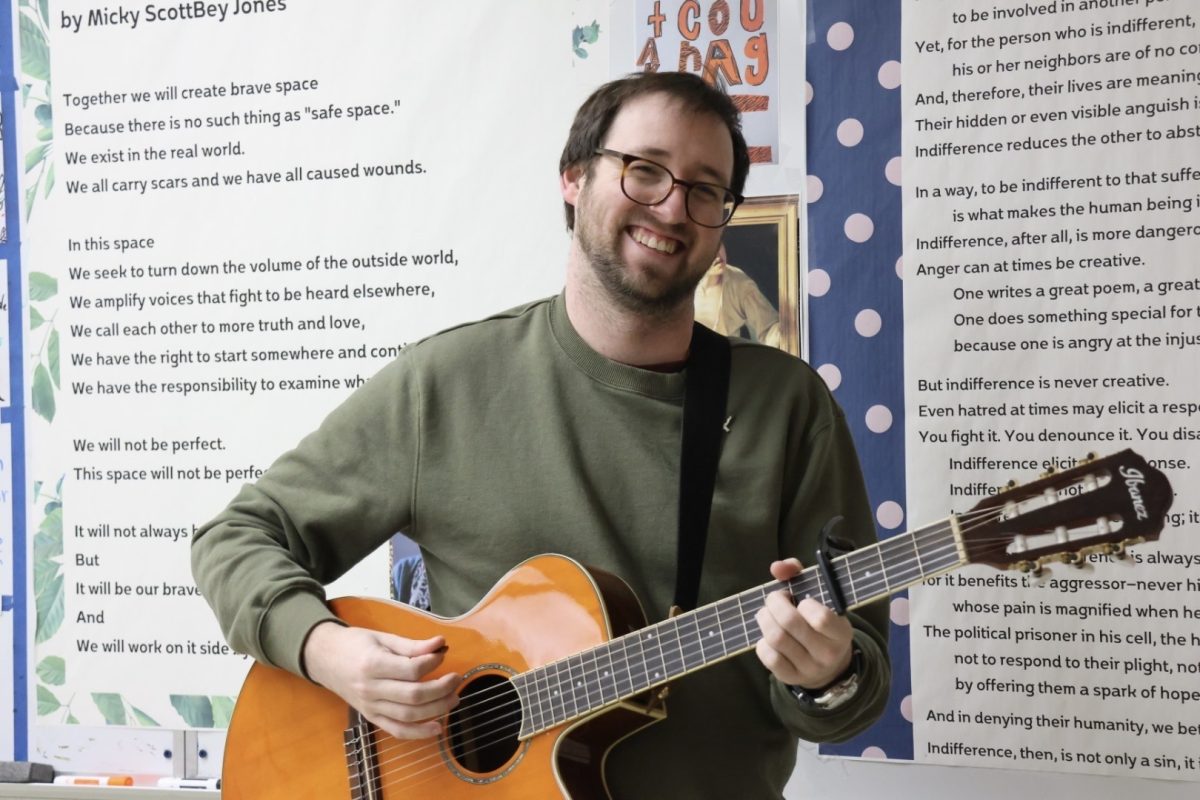
It’s worth it to Mr. Larson to make whatever connections he can. Recently, he played the live version of Mk.gee’s “Are you looking up?” reasoning that not only do the lyrics reflect both the current and year-long topics his classes cover, but that they might help a student feel less alone.
“I might have a student that hears that and says, ‘Mr. Larson sees and knows and isn’t going to roast me in front of everyone,’” he said. “So that matters, right?”
No matter where he is — in his car, at his house, at school — Mr. Larson is always trying to find new ways to reach his students, and the list of class media is always growing. Submerging himself in that musical context adds a new dimension to his experience of teaching and learning, as it provides opportunities for him to be thinking about his class in new ways both outside of school and within it.
Mr. Larson has a high appreciation for the arts, and he can often be seen supporting both them and his students by attending theater productions, choir performances, and other activities. And though he doesn’t volunteer himself, wanting to put as much spotlight on the students as possible, when asked, Mr. Larson is happy to perform at the theater’s open mic nights, singing and playing his guitar.
“Making music live for other people, with other people, builds trust and allows people to see me and hopefully themselves,” Mr. Larson said. “It’s a fun way to take something inside of me and give it a structure and a home outside of me. And if I don’t, I worry that I’ll explode. So I have to.”
It was a long, roundabout journey for Mr. Larson to learn the guitar. When he was a student here at La Salle, though he wanted to, he never signed up for the guitar class. He was inspired by his friends who did have the ability to express themselves with it, but he felt discouraged by his family’s general aversion to music. Then, when he finally received a guitar for Christmas in college, he found himself too embarrassed to practice around other people.
It wasn’t until after college when Mr. Larson went to teach in the Dominican Republic that he could bring himself to play in earnest, as he didn’t know anyone in the country.
“I had a little apartment in my backyard with a mango grove, so it didn’t matter if I was bad,” Mr. Larson said. “The mangoes didn’t care.”
Learning to play the guitar developed a new means for Mr. Larson to connect with other people in his life and the world in general. And while he’s not asking his students to learn a new instrument, it’s that exact opportunity for connection and conversation that he hopes to open up for them every time they walk into his class.
“It’s one of the many ways we take what’s inside of us and let it out in a way that other people can understand,” Mr. Larson said. “And so if music can externalize those things so that we can see and learn and care about one another, or at least understand one another a little bit better, that changes the possibilities for our limited time together. And I want a lot out of the time that I’m with my students, for them, for me, for our school community.”
If you’d like a glimpse into Mr. Larson’s class, all directly-mentioned songs as well as a few others are included in the Spotify playlist attached below. Enjoy!
This story was originally published on The La Salle Falconer on February 5, 2025.


